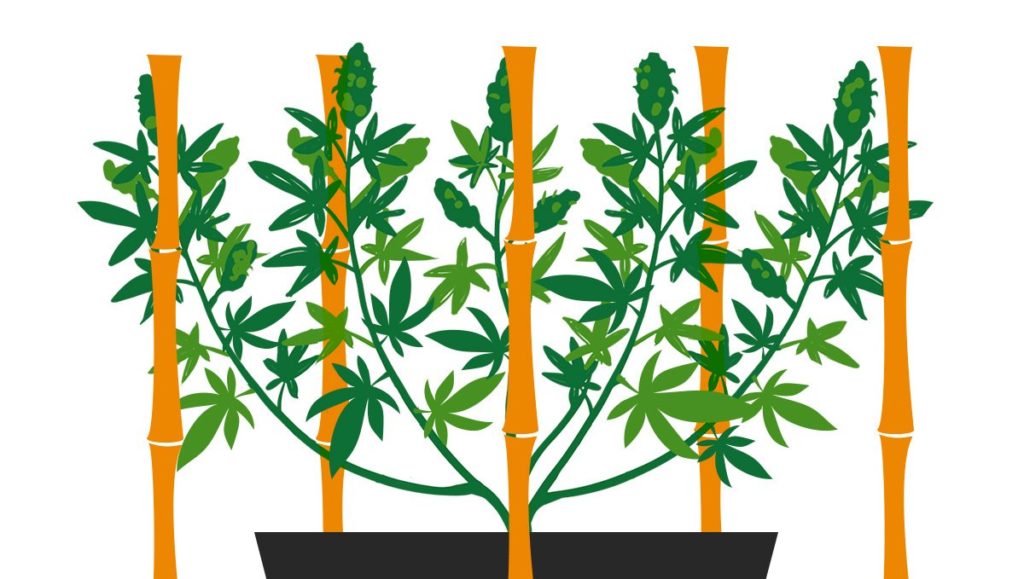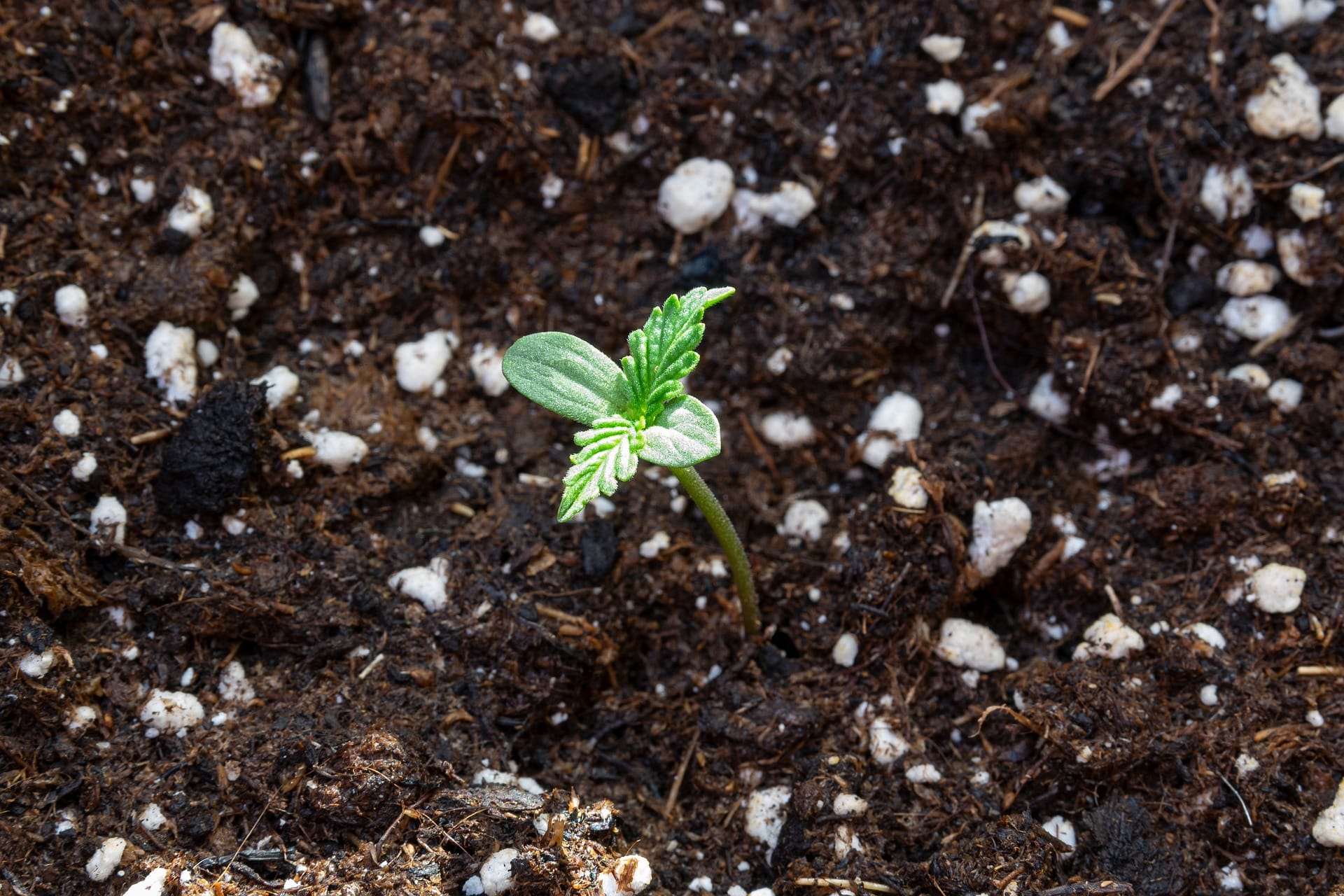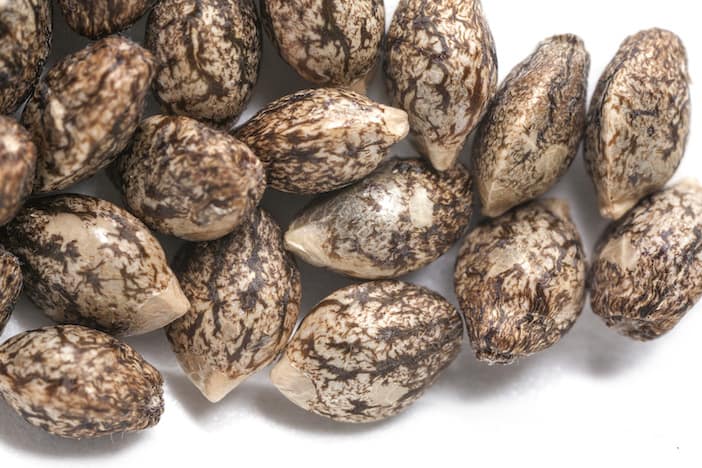No products in the cart.
Marijuana Education
Our Guide On Supporting Heavy Buds When Growing
Weed plants generally grow as much as eight feet with some giant tops in every branch. This site is lovely to behold, however, there is a challenge, tall plants are no friends to the wind. They often catch enough of it, especially in summer. Prepare adequately and give your plant the best form of support. Our guide will go over everything you need to know on supporting heavy buds when growing.
Adequate support for your cannabis plant can be likened to life insurance, you never can tell you will need it until things go bad. The cannabis industry in the United States is a good example of what happens here. You are made to support your meter-high marijuana plants, and this ranges from nets, special walls, and sometimes cages.
Losing a single branch will represent a massive decline in profits.
Extend backing to the plants other than fixing
Supporting your plants is a different thing from fixing, you want your plant to have adequate space. Your plant branch will need to move a little to provide support for the stem. A thick trunk on the other hand implies sufficient water transport, which is necessary to get nutrition to the plant buds. Your branches must be supported against things such as a heavy storm and should have the freedom required in terms of movement to stay strong.
3 best techniques to supporting heavy buds outdoors
There exist three best methods to support your marijuana plants, go with the one that works best for you and use it, since you never can tell how things will turn out later on. You are not limited here, so go limitless with your options.
1. The use of bamboo
Bamboo sticks or canes as you may have them, rank high as one of the traditional and easiest ways of giving support to your plants. You only have to insert a few pieces of bamboo sticks in your soil or preferably pot and you are good to go. You can use four sticks for each of the sides, and a stick too for your main truck. You can then attach your branches to the sticks using twine or preferably a plant clip. An advantage that comes with bamboo sticks is the convenience it offers, it is never difficult to use.
However, the disadvantage with this system is that Bamboo can cause damage to your root system, after a few months in the pot. Similarly, it can be difficult to have your poles in the exact spots to allow for adequate support. This process involves some trials along the line.
Furthermore, while Bamboo canes are great for small auto flower plants, they don’t work the same way for plants with heights that are above 1 and a half meters. For such plants, you will need longer canes, with some depth in the ground. Bamboo Sticks are great when supporting heavy buds.
Tip
Bamboo can be attached to the outside of your pot, you only need to drill some holes in the top rims of your pot, while you secure your bamboo with some cable ties. Bottom of your plant, you can use a strap, and where you can, a vast piece of duct tape to keep your sticks together.
2. Compile a screen
The name screen shows up from SCROG, which is one of the many indoor growing strategies that involve the entwining of the plant, using a screen or preferably a trellis to keep it low and avoid the plant growing upward. If you are growing outdoors this trellis can serve as support and ensure your plant stays low and wide. If you have a backyard with a low fence, then this method is best for you.
The method is quite simple, however, you will need to deploy some skills here. You will need to fix a horizontal rack at a preferred height or use a screen. You can also use poles or wood beams for this purpose, and ensure it is fixed to the pot. Also, if you have topped the plant on one or two occasions, allow it to grow from your horizontal screen. This way your plant will have extra strength. If you further want to shape the plant either wide or low, bend the branches of the plant, when the screen is placed. Your screen will as well provide a dividing line to ensure flowering shots get under your screen during the flowering phase, also known as lollipopping. Your airflow will be improved, as well as your water and weed quality. Furthermore, your buds will enjoy adequate light, which will aid their development.
Tips
While you can get the screen placed at the growth stages of your plant, this at the beginning of your flowering phase is best, as your screen will support your stretch branches. Similarly, you can fix two screens, one after your growing month, and the other during week 3 during your flowering, when the stretch is over.
When your plant breaks off, use painter’s tape to fix it. Tape the parts together, using a splint when you can. The advantage of a painter’s tape here is that it rips, where the trunk thickens by itself. On the other hand, duct tape has more strength but lacks the flexibility of the painter’s tape. Ensure you remove the tape after a while, so that your plants will not be pinched. If your plants are exposed to rain, using duct tape is the best.
Your screen can be used to scrog, using your pot outdoor variety. However, auto flowers are not great for SCROG, as they don’t have the needed time to string and weave through your screen.
Going with a garden mesh or making your screen using thicker wire is a fine choice for your screen. The thin nature of chicken wire will cut inside your plant branch, which makes them not suitable. Garden mesh on the other hand is thick and comes with a fine plastic covering and openings. With a pair of slippers, you can cut your panel to size. Similarly, you can place multiple screens on each other, your options are endless.
3. Use plant cage
Plant cage is one of the most exciting techniques for work when done properly. It is best suited for auto flowers and large outdoor plants.
How does it work?
Get your garden mesh, preferably green, then cut out a section that is the size of diameter when compared to your pot. Ensure you make a cage for your plants, tighten the garden mesh, so it stays in place. Drill tiny holes in your pot’s rim, or preferably secure your garden mesh with clamps and tension straps. Bolts or nuts and T-raps also work fine here. Your plant branches will grow through the cage and get the needed support. You can guide your branches to get the best out of your cage and help with supporting heavy buds while growing.






